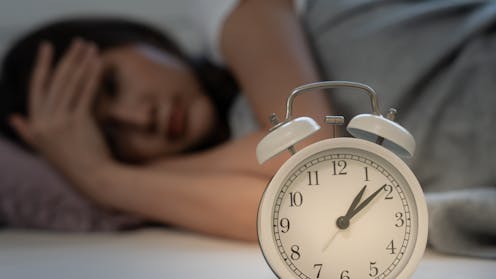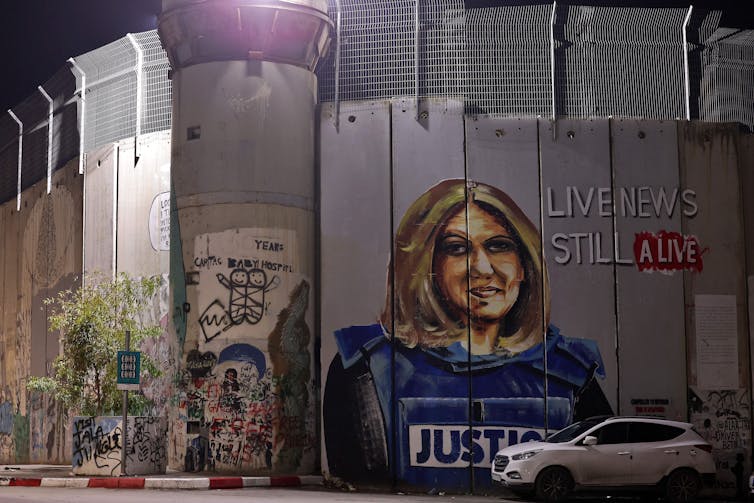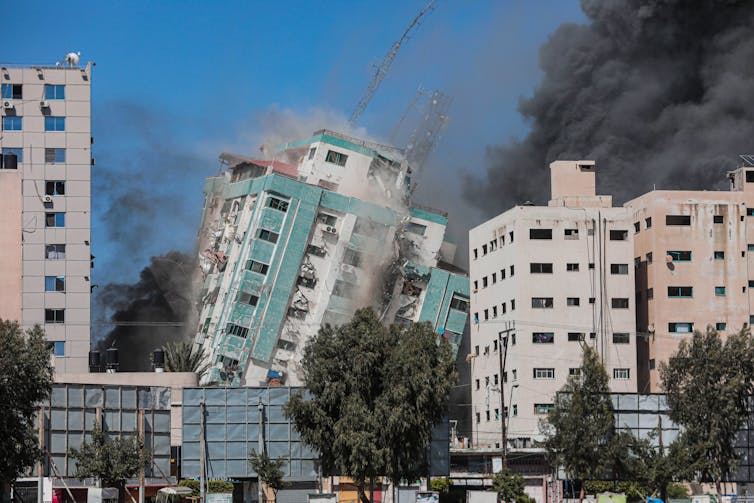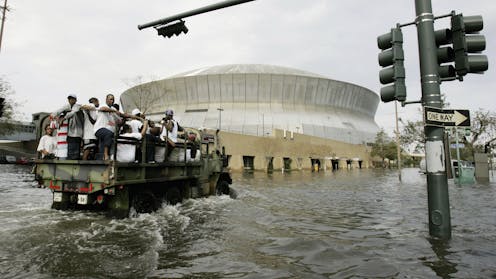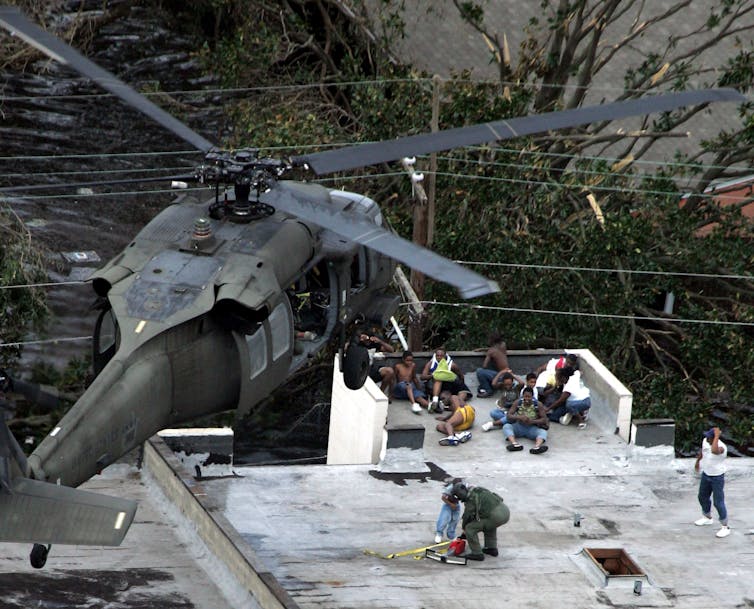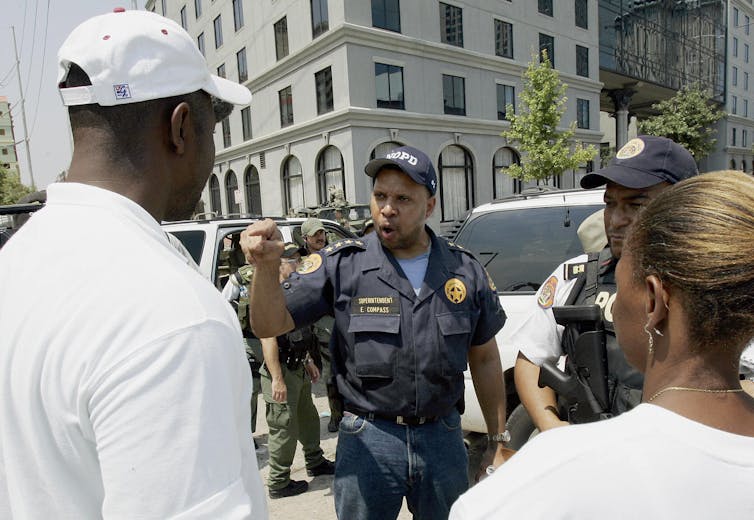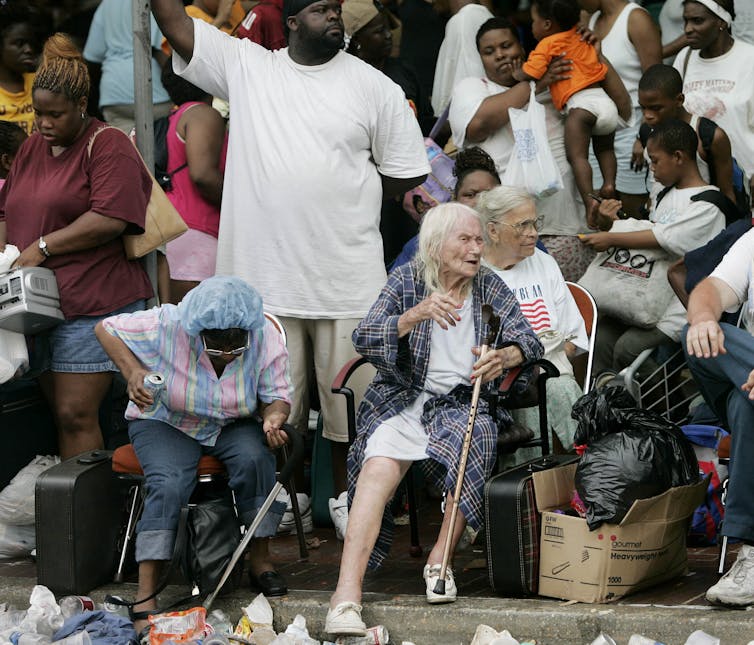Source: The Conversation – UK – By Dipa Kamdar, Senior Lecturer in Pharmacy Practice, Kingston University
Cloves have long been a staple in kitchens and traditional medicine cabinets. Known for their warm, spicy flavour, they’re typically found whole or ground, and as clove oil or extract. But beyond their culinary charm, cloves are gaining scientific attention from researchers and clinicians for their potent analgesic (painkiller) properties. But could this humble spice rival ibuprofen or other commonly used painkillers?
Cloves, the aromatic flower buds of the Syzygium aromaticum tree, are native to Indonesia and widely used in global cuisines, especially in spice blends and festive dishes. Medicinally, they’re most commonly used in the form of clove oil. It contains eugenol, a compound with well-documented anaesthetic and anti-inflammatory effects.
Eugenol, the main active compound in cloves, is a naturally occurring plant chemical that works in multiple ways. It blocks certain chemicals and nerve responses that cause pain, including histamine – a chemical involved in immune responses, inflammation and allergic reactions – and noradrenaline, a neurotransmitter and hormone that can heighten pain sensitivity during stress.
Eugenol also inhibits the production of prostaglandins – substances that trigger inflammation and contribute to pain and swelling. This is the same biological pathway targeted by anti-inflammatory painkillers like ibuprofen. Because of these anti-inflammatory effects, eugenol could, in theory, be useful for conditions such as arthritis, although human evidence is limited. In an animal study, eugenol improved limb function in rats with osteoarthritis.
While research into its use for joint pain is still in early stages, most of the solid human evidence for cloves comes from dentistry.
Clove extracts are used in balms or diluted oils for muscle aches, brewed into teas for headaches, and applied as oil for toothache. Cloves have been a go-to dental remedy since at least the 13th century. Clove oil remains available in pharmacies for temporary toothache relief in adults and children over two years.
Studies suggest cloves may provide pain relief comparable to some conventional painkillers and topical anaesthetics. In dentistry, topical anaesthetics such as lidocaine or benzocaine are applied to the surface of the gums or skin to numb an area before treatment. They work by blocking pain signals from nerves near the surface – a mechanism thought to be similar to that of eugenol.
In paediatric dentistry, researchers compared clove oil, lidocaine gel and ice cones applied to injection sites in the mouth. Clove oil emerged as the most effective in reducing pain and anxiety among children, suggesting it could be a natural, cost-effective and well-accepted option to improve dental experiences. Another clinical trial in adults found clove gel to be as effective as benzocaine gel in minimising pain from dental injections, with no significant difference in pain scores.
These findings are supported by broader reviews, which show that topical clove preparations consistently outperform placebo treatments. In dental procedures, clove oil and gels not only reduce pain but also offer antiseptic and anti-inflammatory effects.
Beyond dentistry
There’s also evidence for using cloves in other types of pain relief. In one clinical trial, combining topical clove oil with lidocaine significantly reduced pain at episiotomy sites (the small surgical cuts made between the vagina and anus during childbirth to help deliver the baby) compared with lidocaine alone. These results suggest that clove oil may enhance the effectiveness of standard anaesthetics.
Cloves may also offer a range of other potential health benefits. Laboratory and animal studies indicate that eugenol and isoeugenol – a closely related plant compound with similar aroma and antimicrobial effects – have anti-inflammatory and antibacterial properties, inhibiting bacteria such as E. coli and Staphylococcus aureus.
Animal models suggest cloves may help protect the liver from damage and support its detoxification processes. Certain compounds, including nigricin (a naturally occurring clove constituent that appears to influence how cells handle sugar), have been linked to improved insulin sensitivity and glucose uptake, raising the possibility of better blood sugar control.
Eugenol has also shown cytotoxic effects (meaning it can kill or damage certain cells) against specific cancer cell lines in laboratory studies. However, these are early-stage findings, and no clinical trials in humans have yet confirmed its effectiveness or safety as a cancer treatment.
Side effects
While cloves are generally safe in culinary doses, concentrated forms such as clove oil should be used with caution.

Wirestock Creators/Shutterstock
In the mouth, clove oil may cause blistering, swelling, or lip irritation, and on the skin it can trigger burning sensations or rashes. Eugenol can be toxic in high amounts, and allergic reactions, though rare, are possible. Swallowing clove oil should be avoided, though small amounts used for toothache are generally harmless. Ingesting larger amounts of clove oil or high-dose extracts can cause serious side effects such as seizures and liver damage. High doses may also interfere with blood clotting, so anyone taking anticoagulants like warfarin should exercise caution. Animal studies have shown eugenol can lower blood sugar, so people with diabetes on insulin should monitor their levels closely.
Cloves may never replace ibuprofen across the board, but their proven effectiveness for topical and dental pain, combined with a suite of other possible health benefits, makes them a compelling natural option. For now, they remain best suited as a complementary remedy – but one with a long history, promising science and a rightful place in both the spice rack and the medicine cabinet.
![]()
Dipa Kamdar does not work for, consult, own shares in or receive funding from any company or organisation that would benefit from this article, and has disclosed no relevant affiliations beyond their academic appointment.
– ref. How cloves might help relieve pain and inflammation – https://theconversation.com/how-cloves-might-help-relieve-pain-and-inflammation-262767


